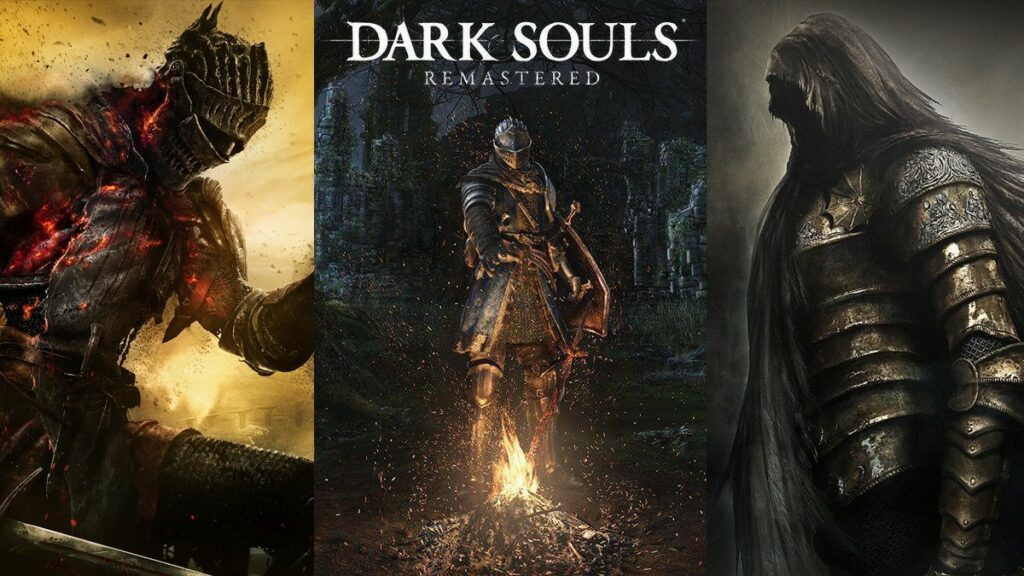(This article also has been posted on gamedeveloper : Link)
I remember one time my wife saw me playing Dark Souls, and I was looking very struggling, so she asked me, “Why do you play such a suffering game for so long?” At that moment, I don’t know how to answer the question, instead it also led me to a series of questions, why would anyone make such a hard game? Why is this anti-trend design approved? And why can it become a product with tens of millions of sales in the end? As a designer, I think I need to figure this out.
This analysis is trying to explain why players prefer to play this “extremely difficult” title by breaking down how the Dark Souls franchise meet the psychological need of players (Competence) based on the PENS motivational model.
Competence
Competence can be defined as the intrinsic need to feel a sense of mastery or effectance in what one is doing. Numerous studies by Immersyve’s team have shown that in both work and leisure activities people are intrinsically motivated to seek out opportunities to experience competence and the satisfaction that accompanies it. [Scott Rigby & Richard Ryan, 2007]
Providing Competence experience in game requires working hard in gameplay challenge balance, gameplay clarity as well as feedback.
Gameplay Challenge Balance
When gameplay provides challenges that match the player’s abilities, players can feel a strong sense of satisfaction and a competent experience.
As we all know, ensuring the balance of challenge difficulty and player ability is the point of view in the positive psychology theory “Flow” by Mihaly Csikszentmihalyi, which has been widely used in game design.
The flow state represents a positive mental state in which a person performing some activity is fully immersed in a feeling of energized focus, full involvement, and enjoyment in the process of the activity. Getting into this state requires maintaining the player in the flow zone (see Figure 1), and maintaining the flow zone requires balancing the difficulty of the challenge with the player’s ability to overcome it.
Challenges greater than ability can lead to anxiety, challenges less than ability can make players bored, and these negative emotions can make players stop the activity.
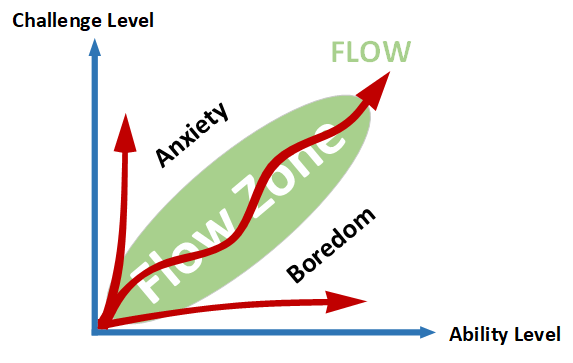
(Figure 1) Flow zone factors
The Dark Souls series, at first glance, is completely against this theory. Even at the beginning, the first Boss will ruthlessly beat the shit out of those innocent novices, stomp them, and plus those insidious traps or “Conspiracies” in the dungeons, causing people lots of pain and fall into anxiety, not to mention the shivering bosses in the later stage, “Despair ahead!”, that’s the message players usually found in front of bosses’ gates left by other players.
Playing it is so frustrated, then how can Dark Souls let players enter the flow?
Dark Souls have different types of players, and they have different flow zones.
According to the player’s game experience and skills, players are divided into multiple categories. There are different flow zones for each of the corresponding categories (Figure 2). Hardcore players’ challenge-ability ratio of the flow zone is much greater than that of novice users, so the normal or low difficult challenge will make these users bored.
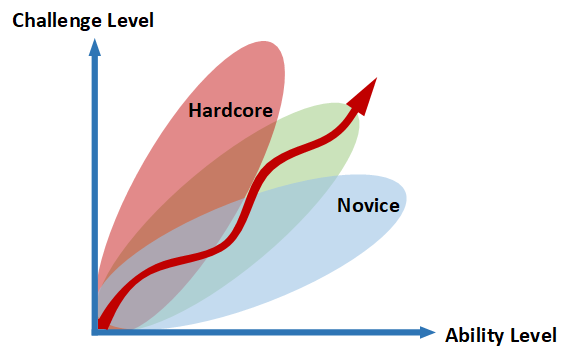
(Figure 2) Different types of players have different flow zones
So, does that mean Dark Souls only to entertains hardcore players?
Given the sales of more than 28 million copies of the whole franchise, it can be speculated that its target user types are broader than only hardcore players, but how does Dark Souls let different types of players enter the flow in the same game?
Jenova Chen’s article “Flow in Games” suggested methods when it comes to making games that can satisfy the flow experience of multi-user types:
• Mix and match the components of Flow;
• Keep the user’s experience within the user’s Flow Zone;
• Offer adaptive choices, allowing different users to enjoy the Flow in their own way;
• Embed choices inside the core activities to ensure the flow is never interrupted.
Here we focus on the last two points. These two points suggest that developers need to provide multiple difficulty options embedded in the core gameplay to expand the available flow zone. The game difficulty should be actively selected by the player’s core behavior in the game, rather than passively adapted by a DDA (Dynamic Difficulty Adjustment) system.
In Dark Souls, although the challenge is extremely high on the surface, it provides a variety of combat solutions to adapt to players of different abilities, which expands the game’s flow zone, and consequently broaden the user group. (Figure 3)
Moreover, the broad flow zone allows novice to become hardcore users after long hours play, which means players don’t have to stay in the flow zone statically, they can jump to another flow zone by using different combat solution in game and experience different type of flow, this may also explain even after players have finished the game, they still start New Game again and again.
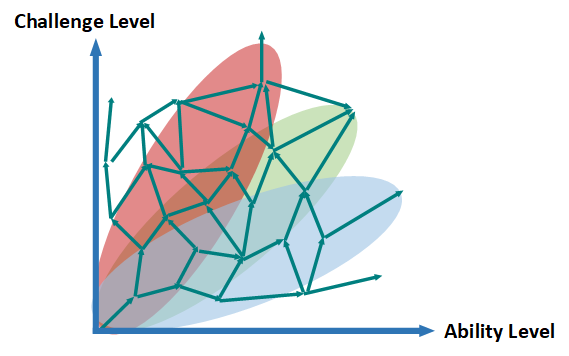
(Figure 3) Dark Souls adapt players’ Flow experience through the choices they build into the core gameplay, and with what players can jump to other flow zone.
Let’s take the boss fight in Dark Souls as a detail example:
We generally divided player’s combat options into 3 levels of difficulty
High difficulty options:
- Fight with naked character;
- Only use shield parry and riposte (critical attack);
- Use dance mats or bananas as the input device, or other fancy challenges;
Normal difficulty options:
- Progress the character, equip strong armors and weapons;
- Hone your skill: Study boss attack pattern, predict boss move by learning start pose of attacks, improve hand-eye coordination and reaction speed;
Low difficulty options:
- Learn skills and tricks from online guide;
- Summon NPCs or other players for help (1-3 NPCs can be summoned in Dark Souls 3);
- Use terrain “BUG” (Capra Demon, Iron Golem and Taurus Demon in Dark Souls 1), BOSS attack range “BUG” (the standing Darkeater Midir in Dark Souls 3 DLC, The Bed of Chaos in Dark Souls 1), etc.;
Such a rich selection of combat methods has greatly broadened the actual difficulty range so that more types of players can find their flow zone, all they need to do is to keep trying and overcome “Illusion of despair”, and will eventually gain a great sense of achievement and satisfaction.
Gameplay Clarity
Clarity is the basis for providing meaningful feedback and a guarantee of fairness in combat. It is even more essential for Dark Souls such high intensity and low error tolerance franchise. FROMSOFTWARE well balanced the art expression (VFX, SFX, Camera effect, etc.) on gameplay and artistic side.
Camera: In most battles, there is little change of camera parameters, only brief and small modifications such as camera shake, zoom in/out, and blur are added to help convey the weight and inertia of moves.
Color and Lighting: The characters are clearly separated from the scene, and the “self-illumination” allows characters to be observed in the dark. (Although it is unrealistic, ^_^)
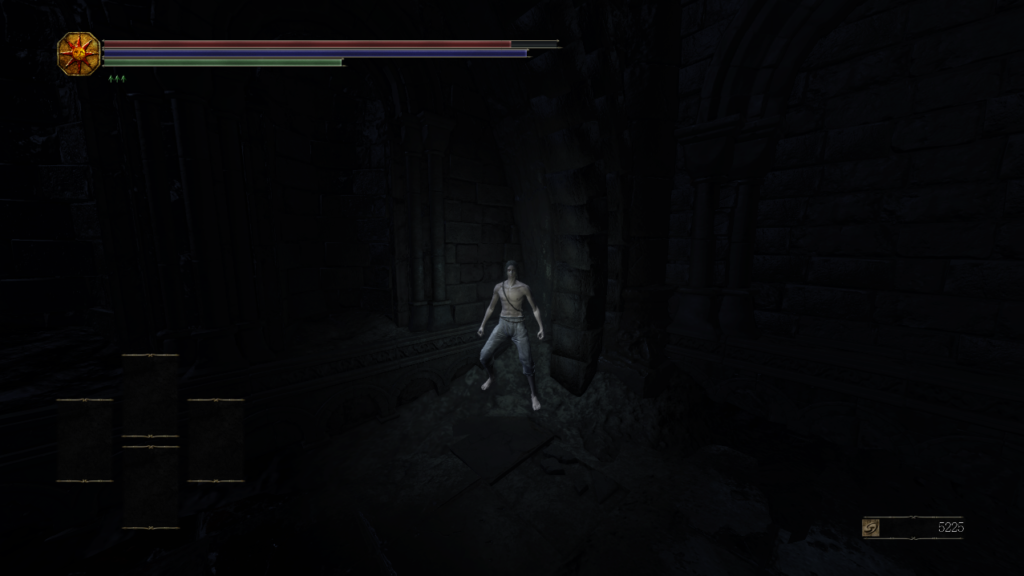
(Figure 4) Character “self-illumination” in Dark Souls 3
VFX: It is simple on the whole. Each VFX’s intensity (size, color, and value) is well distributed according to its gameplay priority, it never fights player focus with other more important channels like animation, which makes the combat process quite clear.
Animation: NPC and character move stages include: opening pose->anticipation (“antic”)->attack->recovery->end pose, and the duration of each stage is set reasonably, as Eric Jacobus said in his blog What Demon’s Souls can teach stunt performers about human movement, “If performed too quickly, the movements would lack clear arcs and silhouettes. Performed too slowly, they might lose their weight and inertia.”
Sound effects: Accurately communicate the combat info to help players make the right decision, besides that, they exaggerated sound for high-risk and high-return actions such as parry->riposte to reward player.
UI: Strictly abide by the secondary position of providing combat information, very restrained on UI size, color, value, animation as well as prompt frequency to give way to more important channels.

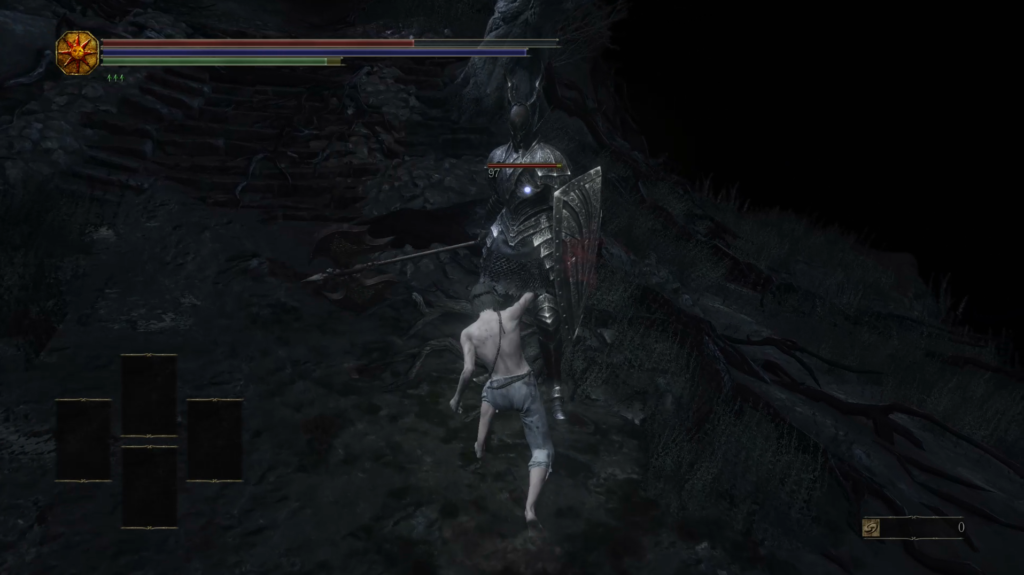
(Figure 5) Minimalist combat UI in Dark Souls 3
If you are interested in gameplay clarity, you can check the GDC talk “Artistic Principles of VFX” from Riot and Blizzard.
Meaningful Feedback: “Die well”
Let’s firstly break down what will players do in the combat try and fail loop:
- Observation: The player clearly observes the process of battle from the beginning to character death. How many hits did he receive? Which monster made the hit? How many damage points was it dealt? How long did it make the player stagger? Etc.
- Analysis: What cause these hits? Because of his greed with more hits to the enemy? Because it’s too early/late to roll? Drinking Estus Flask at an inappropriate time? Underestimating enemy damage? Unfamiliar with the terrain and rolling into a corner? Etc.
- Improvement: learn to control his greed; keep calm and not panic; train himself to improve concentration and reaction speed; learn enemy behavior, enemy move pattern, attack cadence, damage range, learn level layout, etc.
- Challenge again.
The low error-tolerance caused by the high-strength enemy makes the player care about every hit he receives. Thanks to the excellent combat clarity, Dark Souls allows players to clearly observe everything from born to die, and then analyze and improve. Make every death a process of strengthening the player, and make every death meaningful feedback.
In the process of challenging the boss over and over again, players can feel an obvious sense of self-growth, whether it’s on psychology, player skill, or boss study, and then will gain confidence in winning, generate internal motivation of repetitively challenge. In this way, the challenge that seemed impossible at first was eventually overcome by himself, and the player completed a self-transcendence in the game and outside the game. This sense of achievement gives people great satisfaction, which is why some people say that the Bosses of the Dark Souls franchise are mentors to help players overcome themselves.
Summary
This article attempts to explain why this high-difficulty franchise can make tens of millions of players enjoy the “suffering” journey from the motivational perspective of Competence, and I plan analyze Autonomy and Relatedness of this franchise as well as new Dark Souls tile Elden Ring in the future.
Before I play Dark Souls, I thought it was just a game for a small group of hardcore players, but when I entered the Northern Undead Asylum, Lordran, Majula, Lothric Castile, Anor Londo, I gradually immersed myself in this cold, lonely and dark world, it feels so different yet so close to my present world, and it is seems revealing the truth to me like those classical art form.
References:
- Scott Rigby and Richard Ryan, The Player Experience of Need Satisfaction (PENS), Founders, 2007
- Jenova Chen, Flow in Games, COMMUN ACM, 2007
- Keza MacDonald and Jason Killingsworth, You Died: The Dark Souls Companion, BackPage, 2016
- Scott Rigby, The Freedom Fallacy: Understanding “Player Autonomy” in Game Design, GDC, 2017
- The Game Overanalyser, The Design Philosophy of Hidetaka Miyazaki, 2020
- Mihaly Csikszentmihalyi, Flow: the Psychology of Optimal Experience. Harper Perennial, 1990
